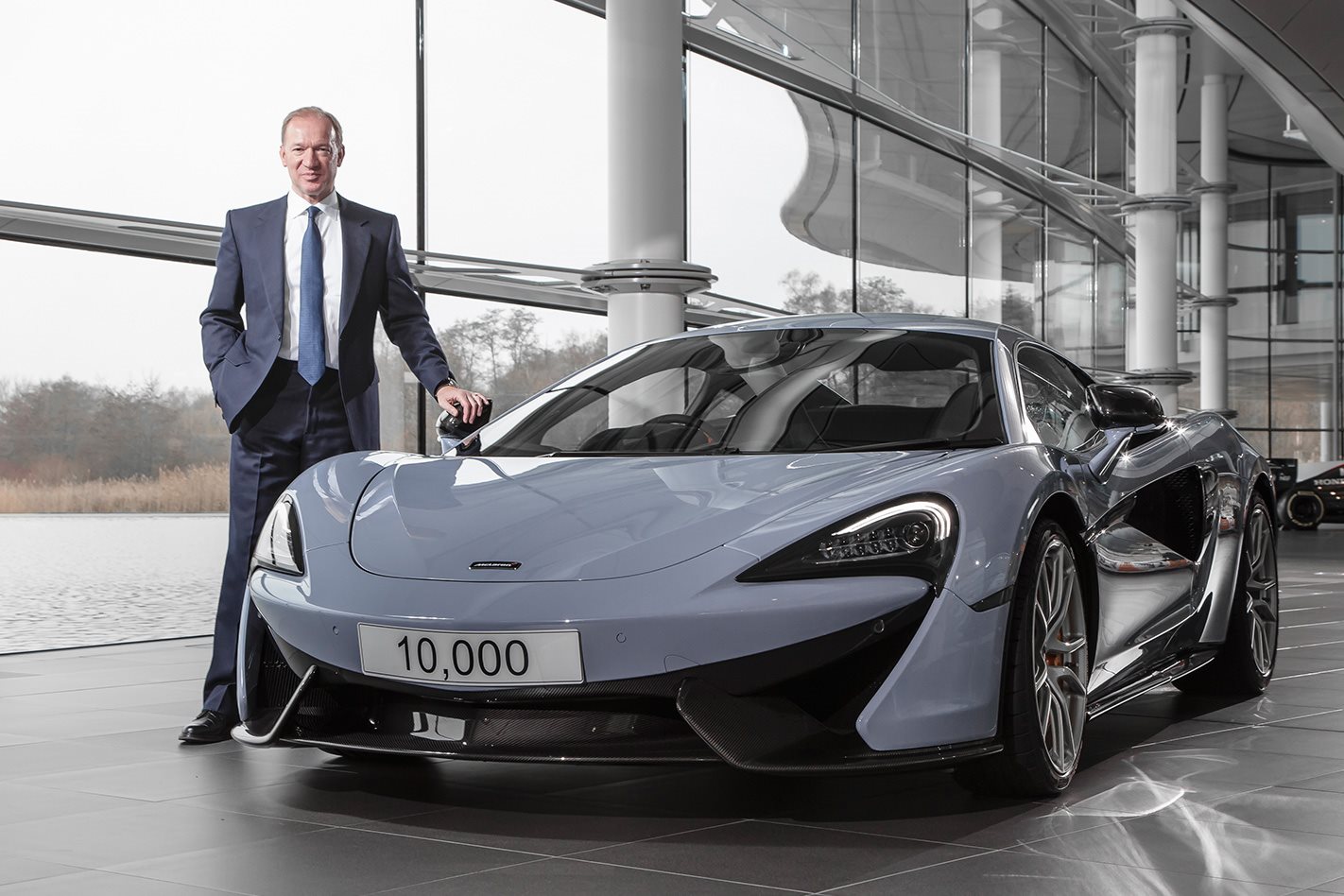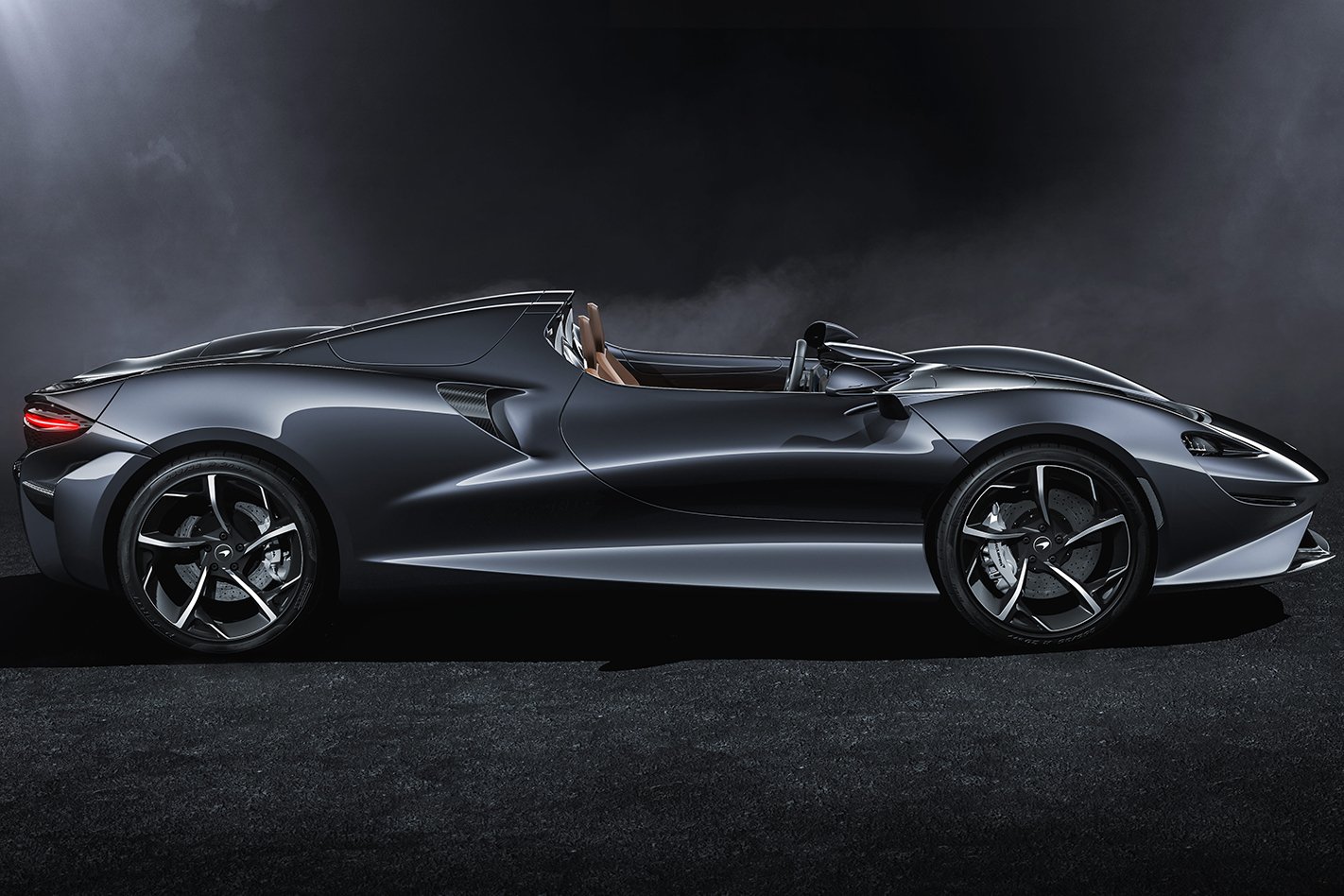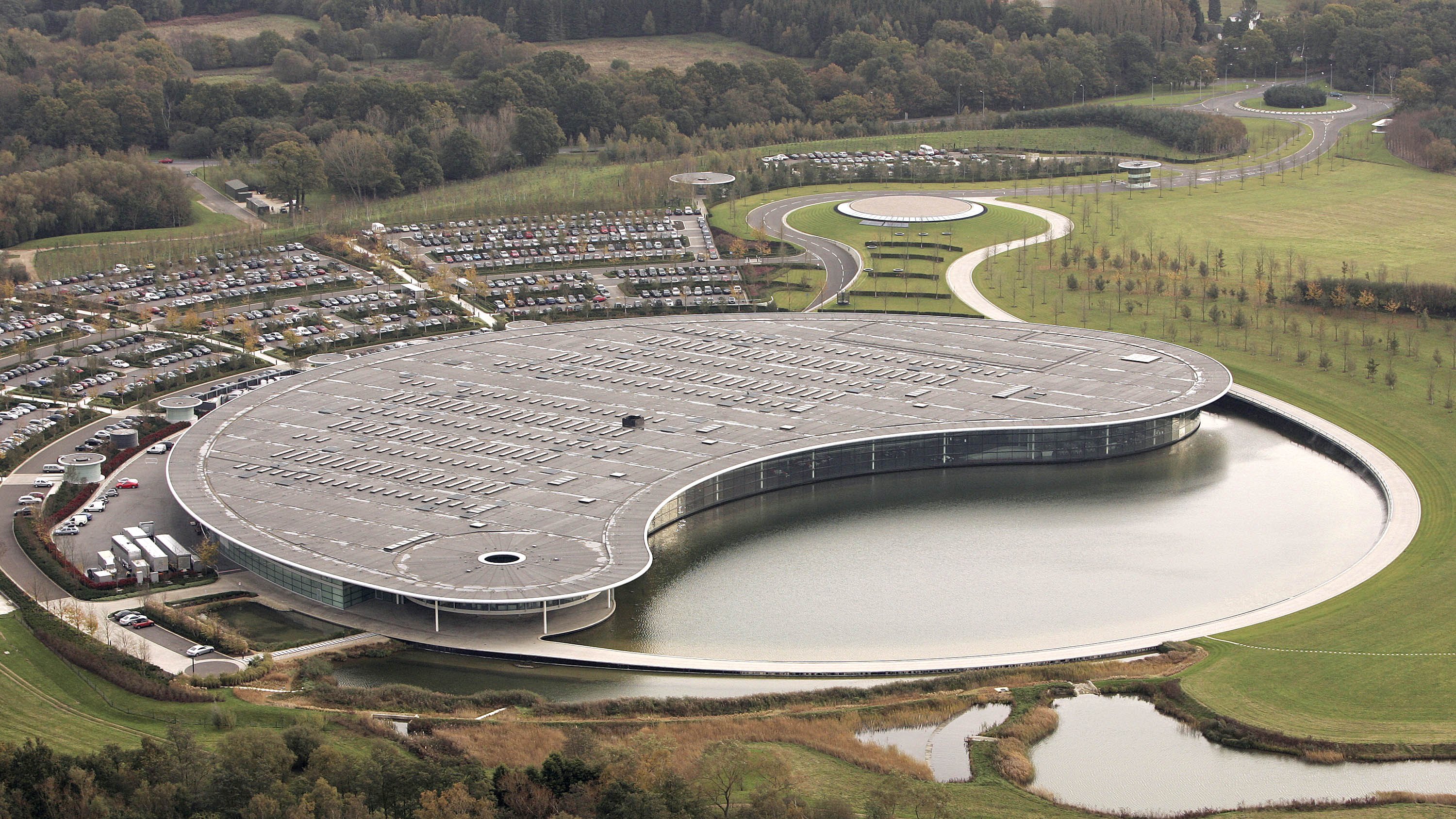McLaren Automotive CEO Mike Flewitt has stepped down and, at the time of going to press, the business was still searching for a replacement. In the interim, the newly recruited former Porsche CEO Michael Macht will step into the vacated role.
Flewitt, the ex-Ford Europe production supremo who joined McLaren as Chief Operating Officer in 2012 before ascending to the CEO position a year later, oversaw an explosion in new product from Woking.

After the botched launch of the MP4-12C, previous boss Anthony Sheriff fell on his sword, with Flewitt overseeing that car’s remedial development into the 650S, as well as the splitting of the vehicle lines into Sports, Super and Ultimate series.
Acknowledging the exigent nature of supercar demand, Flewitt introduced the Track 25 plan in mid-2018, promising 18 new McLaren road cars by 2025: nearly three models a year.
While delivering a pipeline of exciting new metal, the unintended consequence of Track25 was the exacerbation of nascent issues with oversupply and the consequent rapid obsolescence of models, contributing to unspectacular residual values for many of the series production models in the McLaren range.

Belatedly, the company has switched to a lower volume, richer product mix. Flushing excess Sport Series inventory out of the dealer network and pivoting to a greater proportion of Speedtails, Sabres, Elvas and 765LTs in 2021 has seen McLaren rebound from a tough 2020, when the automotive division’s revenues slumped by 51 per cent compared to 2019. Last year it sold 1640 cars, down from a high of nearly 5000 in 2018.
McLaren is sitting on a significant pile of debt, something Group Chief Financial Officer Kate Ferry will have to grapple with. The A$323m sale and lease back of the McLaren Technical Centre in Woking will only partially offset that debt, which is set to include A$336m of US dollar denominated and A$678m of British pound denominated five-year Senior Secured Notes which comes due in July of next year.

All of which puts a massive focus in getting the launch of the new Artura, McLaren’s ‘volume’ model right. The Artura was scheduled to be on the cover of the next issue of MOTOR, with drives happening in late October, but an unspecified software issue caused Woking to cancel the launch.
Having been burnt once by launching the MP4-12C without a fully functional IRIS infotainment system, it’s not an error McLaren can afford to make again. What’s more, it will only put the finish of the first customer Arturas under even greater scrutiny.

For the time being, Michael Macht has a quandary. The next all-new Ultimate Series model is not due until 2025, so expect a number of McLaren Special Operations projects to fill that void, with another go-faster spin-off of the 720S line and performance upgrades for existing Ultimate Series models P1, Senna and Elva. McLaren has already committed to a hybrid fleet by 2026 with a full electric model arriving by 2030.
How will the investment for that arrive?
Many analysts are anticipating an IPO via a special purpose acquisition company, with the Financial Times claiming that McLaren has been in talks with at least one SPAC, with a view to raising around A$950m through a flotation.
Of course, there’s also been speculation that a rescue will come from without, with recent reports from Autocar suggesting Audi is interested in acquiring the company’s assets, while German publication Automobilwoche stating that BMW is circling, hinting at a meeting between BMW and Mumtalakat, Bahrain’s sovereign wealth fund which retains a majority 62.5 per cent stake in McLaren.Both parties have strenuously denied any plans to acquire the British supercar business. Nevertheless, speculation has only intensified. As indeed has the betting on who will be the new CEO to guide McLaren through an intriguing period of flux.






